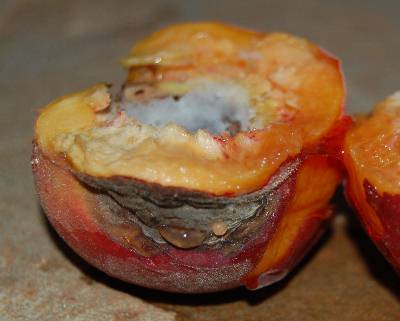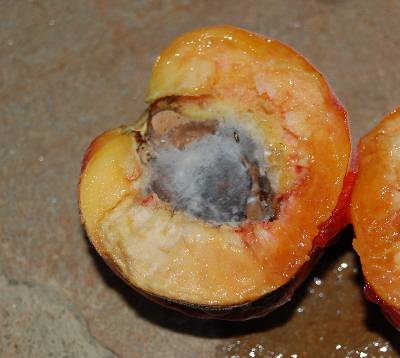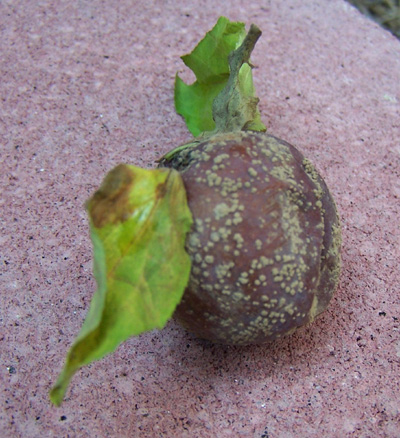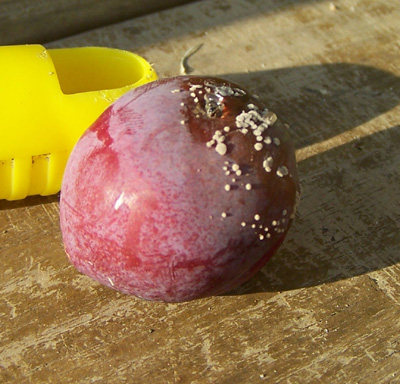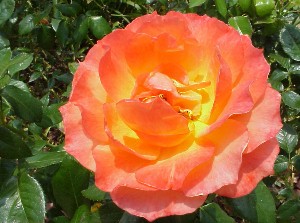Peach (Plum) – Brown Rot Identification and Control
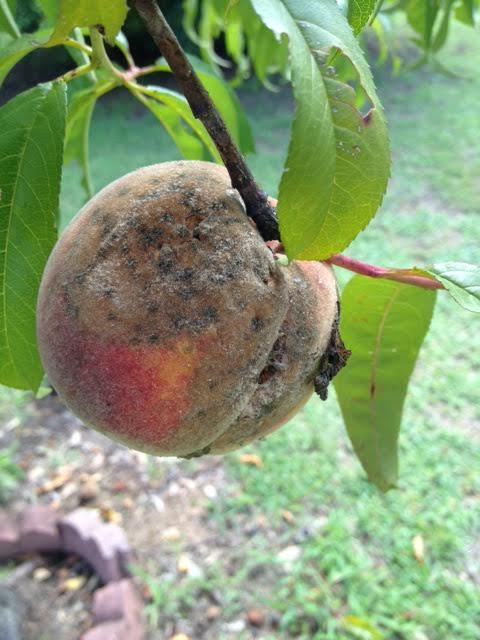
Q: What is the problem with my peaches? Is it brown rot?
A: Why do you need me to diagnose your problem when you’ve done such a good job figuring out the problem yourself?
It is most definitely brown rot.
The disease is sometimes caused by sucking insects like stinkbugs or curculio weevils visiting a diseased fruit and then sticking their dirty snout into a ripe one. In other times, the spores fall onto a naturally occurring skin crack.
The disease is disheartening because it typically appears just before the fruit is ready to pick. It affects both peaches and plums. Its control requires planning, since it starts in spring when the trees are blooming.
During warm weather, infected twigs from last year disperse fungal spores onto open flowers. Spores can also come from diseased fruit on the ground under the tree and from insects. As the fruit grows, the fungus slowly increases inside. When the fruit is full of sugar the fungus grows rapidly, making a brown, rotted peach.
Control starts with fungicide sprays before and during flowering. Use captan (click for examples) or daconil (click for examples)
or any other fungicide labeled for fruit trees.
After flowering, regular pesticide sprays are required to control insects.
I do not know of organic programs that give acceptable results in Georgia. You can help the organic process by picking up and destroying all fruit and twigs under the trees.
The best cure is to implement a good disease and insect control spray program each spring from now on.
Remember to spray insecticides only AFTER blooms are gone, in order to protect bees.
See this excellent overview from Virginia and consult this Fruit – 2023 Homeowner Spray Guide.

